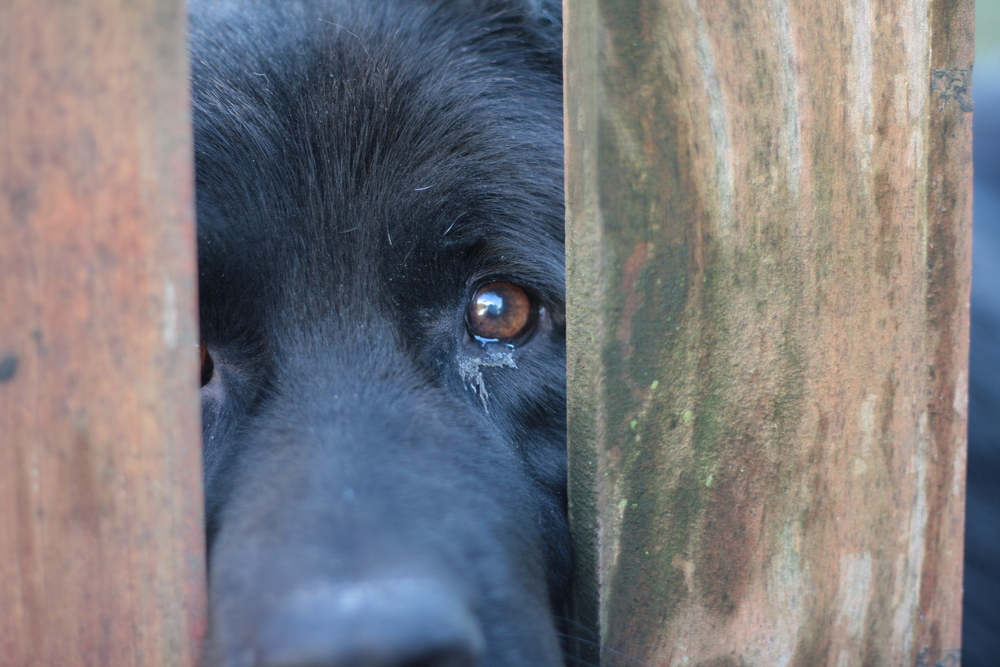The Subtle Signs of Animal Abuse in the Home
 Often when we think of animal abuse, we think of gross abuse where the animal is chained, neglected, beaten or used in dog fights. We may miss subtle signs of animal abuse in homes more often than we think. Without an understanding of what to look for, even a primary pet care provider may miss signs that a pet is being abused in their own home. What are the situations and signs that may indicate less obvious animal abuse and how should we respond?
Often when we think of animal abuse, we think of gross abuse where the animal is chained, neglected, beaten or used in dog fights. We may miss subtle signs of animal abuse in homes more often than we think. Without an understanding of what to look for, even a primary pet care provider may miss signs that a pet is being abused in their own home. What are the situations and signs that may indicate less obvious animal abuse and how should we respond?
Types of Abuse and Neglect
The topic of animal abuse inside the home is a sensitive one but not one to take lightly. Abuse and neglect take on many forms, ranging from a rambunctious young child unaware of how to handle a pet, to someone striking a pet after a stressful day or in a burst of anger. More substantial incidents may include an alcoholic with a violent temper or a teenager aggressively acting out. Hoarders may inadvertently abuse animals when they have too many and neglect their care.
One of the most common scenarios for animal abuse, though, occurs in homes with domestic violence. The majority of domestic violence victims report that their abuser also targeted their pets. And an estimated 30% of children in homes with domestic violence will also harm animals.
Subtle Signs of Animal Abuse
Not all abuse and neglect is obvious, and not every symptom below indicates abuse, especially on its own. These are the signs to be aware of:
- limping
- unexplained fractures
- tail tucked or flinching
- avoiding all eye contact, ears back, excessive panting
- whining or crying when approached
- lunging or attempting to attack when approached
- overly submissive (i.e. rolling onto back, ears back, tail tucked and urinating)
- changes in the texture of their fur, or abnormal loss of fur
- unusual separation anxiety when their human leaves
- avoiding any physical contact (especially when normally affectionate)
- attempts to nip or scratch when petted
What Can Pet Owners Do?
If you see your pet showing any of these signs, please contact your veterinarian or OVRS for help. It is important to have your pet seen if there are signs of injury or abuse.
Should you suspect someone is abusing a pet inside your home, how you respond depends upon the circumstances. If a small child is mishandling a pet out of ignorance, help them understand how to interact with and handle the pet. If an older child is acting out or hurting animals as a way of coping with their feelings (or due to their own physical or sexual abuse), please seek professional help.
If you’re outside the family, it can be tough to know whether a pet is being abused. If you’re close, first attempt to speak with someone in the family. If abuse is occurring or highly likely, it may become necessary to contact the police. While it could be difficult to report suspected animal abuse, remember that you may be the only voice advocating for that animal.
Victims of domestic violence should not leave animals with the abuser if a place can be found for the pets before seeking shelter. Ask a family member or friend if they can provide temporary housing. Otherwise, look for a shelter that offers a temporary “safe haven” foster program for animals (though there are still too few).


